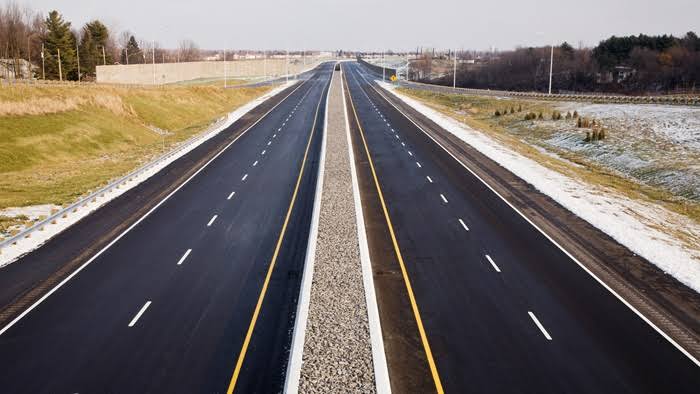President Filipe Nyusi of Mozambique has inaugurated the newly rehabilitated 287km Beira-Zimbabwe highway that runs from the central port of Beira to the Zimbabwean border. The US $410m project was financed by both the Exim bank of China and the Mozambican government.
Rehabilitation works
Work on the highway began in April 2015 and should have finished on March 31 2018, but the project delayed for over a year due to lack of funds to resettle the affected people and move shops in the area of Inchope, where the road intersects with the main north-south highway (EN1). A cyclone that struck and damaged 10km of the road in Nhamatanda district in March 2019 also furthered the delays.
The road which was 8m wide previously has now been widened, and now the width varies between 10m and 23m. A second bridge has been built over the Pungue river, and the road also has four tollgates, a control centre checking the weight of trucks, and overhead footbridges to allow pedestrians to cross the road safely.
Also Read:Malawi signs US $154m deal for M1 road rehabilitation
Regional trade
The President, while presiding over the inauguration ceremony, said the road should stimulate regional trade, making a significant social and economic impact on Mozambique and other countries of the Southern African Development Community (SADC). He further added that the transport corridors leading to the Mozambican ports confer enormous comparative advantages on Mozambique.
The President also recalled that prior to the rebuilding, the road was narrow and in a degraded state, which limited the flow of people and goods, thus reducing the economic performance of the entire country.
“The inauguration of this road, is an added value for international trade, and shows the commitment of the Mozambican government to facilitating the free trade expressed in regional and international treaties,” he said. He also noted that the current state of the road permitted better mobility of people and goods and reduces both costs and travelling time.

